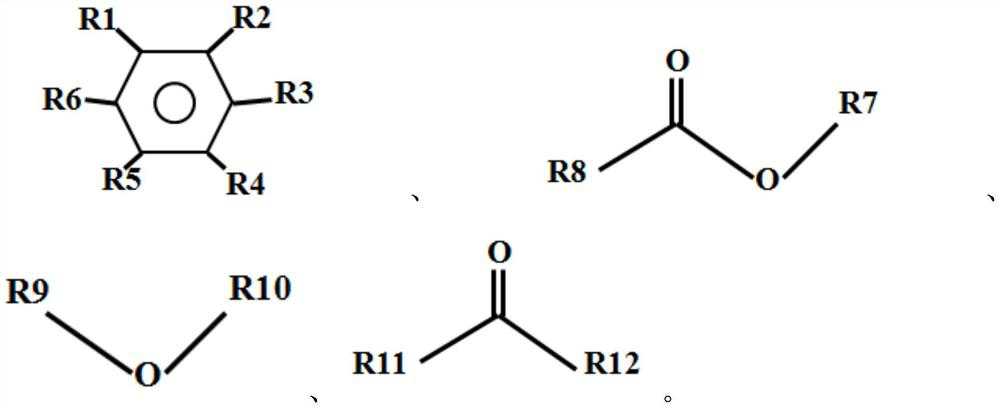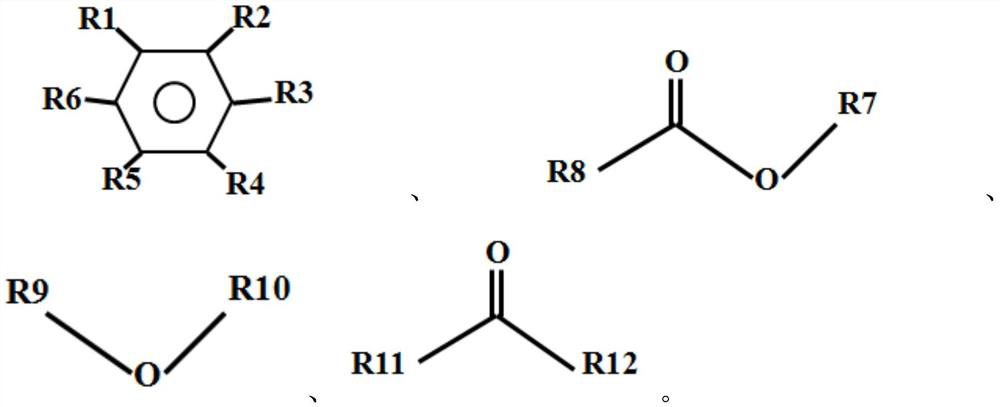A kind of preparation method of modified nickel cobalt lithium manganate electrode material
A technology of nickel cobalt lithium manganate and electrode materials, which is applied in battery electrodes, circuits, electrical components, etc., can solve the problems of material cycle performance, thermal stability performance, and safety performance reduction, and achieve electrochemical performance improvement and electrical conductivity. , the effect of improving the stability of the crystal structure
- Summary
- Abstract
- Description
- Claims
- Application Information
AI Technical Summary
Problems solved by technology
Method used
Image
Examples
example 1
[0029] Take the organic solvent xylene alone as the carbon source, and after dehydration treatment, place it in the evaporation zone to form a mixed gas at a temperature of 50-100°C. The mixed gas enters the vacuum carbonization chamber (that is, the above-mentioned carbon coating area), and the nickel-cobalt-manganese lithium material for carbon recombination is uniformly dispersed in the deposition area using ternary NCM111. The carbonization deposition temperature is 1200-1400°C, and the deposition time is 5~ 8h, control the thickness of the deposited carbon layer to be 8-10 nm. After 500 cycles, the capacity retention rate and coulombic efficiency are 99%, and the capacity is 160mAhg -1 It can be seen that, compared with the existing nickel cobalt manganate electrode material, its coulombic efficiency is increased to 99.9%, the cycle retention rate is 99.6%, and the capacity is 170mAhg after 400 cycles. -1 .
example 2
[0031] In this example, a mixed sample of organic solvent xylene and ethylene glycol methyl ether is configured as a carbon source in a ratio of 1:3, and the others are the same as in Example 1. The obtained nickel cobalt manganese lithium / carbon composite material is made into a battery. The test found that after 500 cycles, the capacity retention rate and coulombic efficiency are 99.6%, and the capacity is 180mAhg. -1 Compared with Example 1, it can be seen that when different organic solvents are used to mix the carbon source, the overall crystal structure stability of the material can be further improved. During the process of deintercalating lithium ions, the structure of the carbon layer is maintained not to collapse and the internal The structure of the active material is complete, so as to ensure that the composite material has good electrochemical performance and make its performance better.
example 3
[0033] A mixed sample of organic solvent xylene and ethylene glycol methyl ether is configured as a carbon source in a ratio of 1:3. After dehydration treatment, it is placed in an evaporation zone to form a mixed gas at a temperature of 50-100°C. The mixed gas enters the vacuum carbonization chamber (that is, the above-mentioned carbon coating zone). The nickel-cobalt-manganese lithium material for carbon recombination is selected from the ternary NCM111 and placed in the carbonization chamber. The carbonization deposition temperature is 1200-1400°C. The thickness of the deposited carbon layer is 8-10nm after 9-10h of deposition. Then the obtained nickel cobalt manganese lithium / carbon composite material was made into a battery for testing. It was found that the capacity retention rate and coulombic efficiency were 99.9% after 500 cycles, the cycle retention rate was 99.7%, and the capacity remained 180mAhg after 500 cycles. -1 . But the deposition takes longer.
PUM
| Property | Measurement | Unit |
|---|---|---|
| thickness | aaaaa | aaaaa |
| thickness | aaaaa | aaaaa |
| thickness | aaaaa | aaaaa |
Abstract
Description
Claims
Application Information
 Login to View More
Login to View More - R&D
- Intellectual Property
- Life Sciences
- Materials
- Tech Scout
- Unparalleled Data Quality
- Higher Quality Content
- 60% Fewer Hallucinations
Browse by: Latest US Patents, China's latest patents, Technical Efficacy Thesaurus, Application Domain, Technology Topic, Popular Technical Reports.
© 2025 PatSnap. All rights reserved.Legal|Privacy policy|Modern Slavery Act Transparency Statement|Sitemap|About US| Contact US: help@patsnap.com


